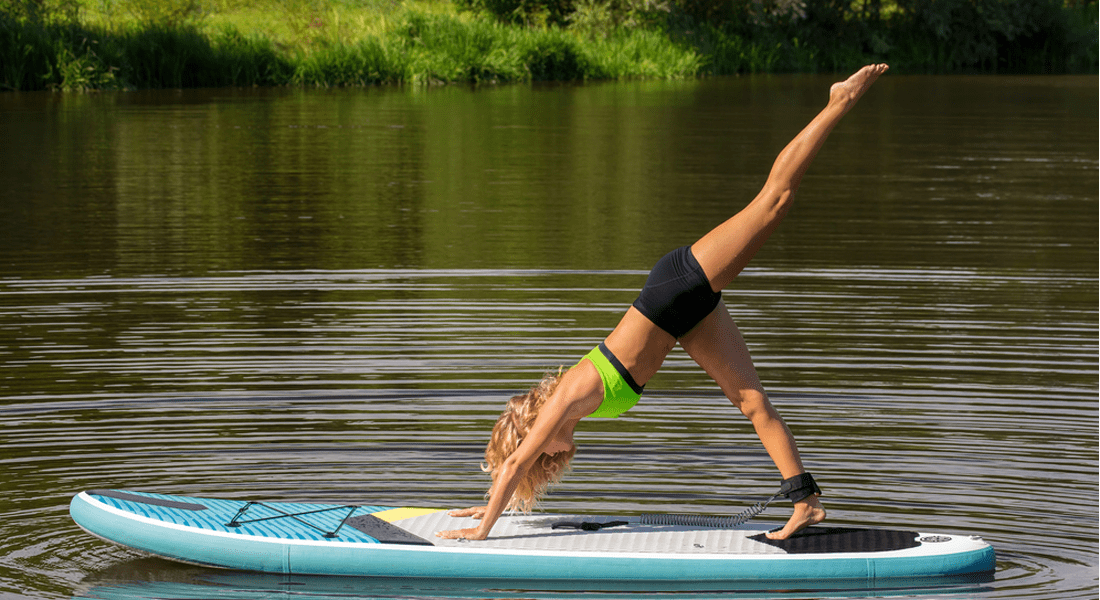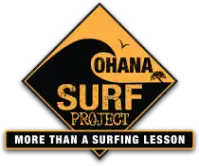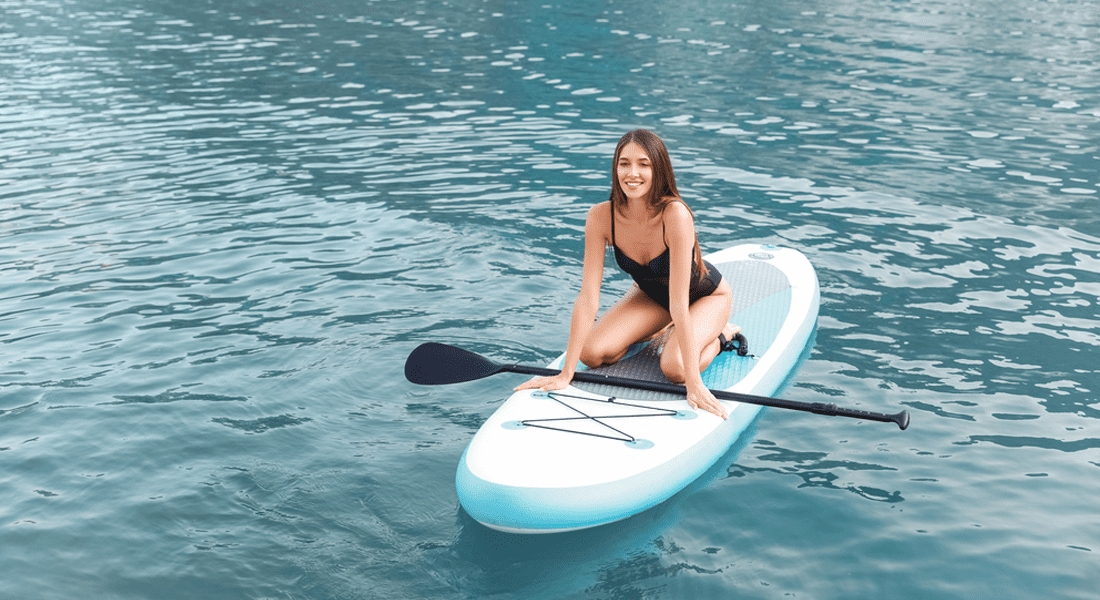
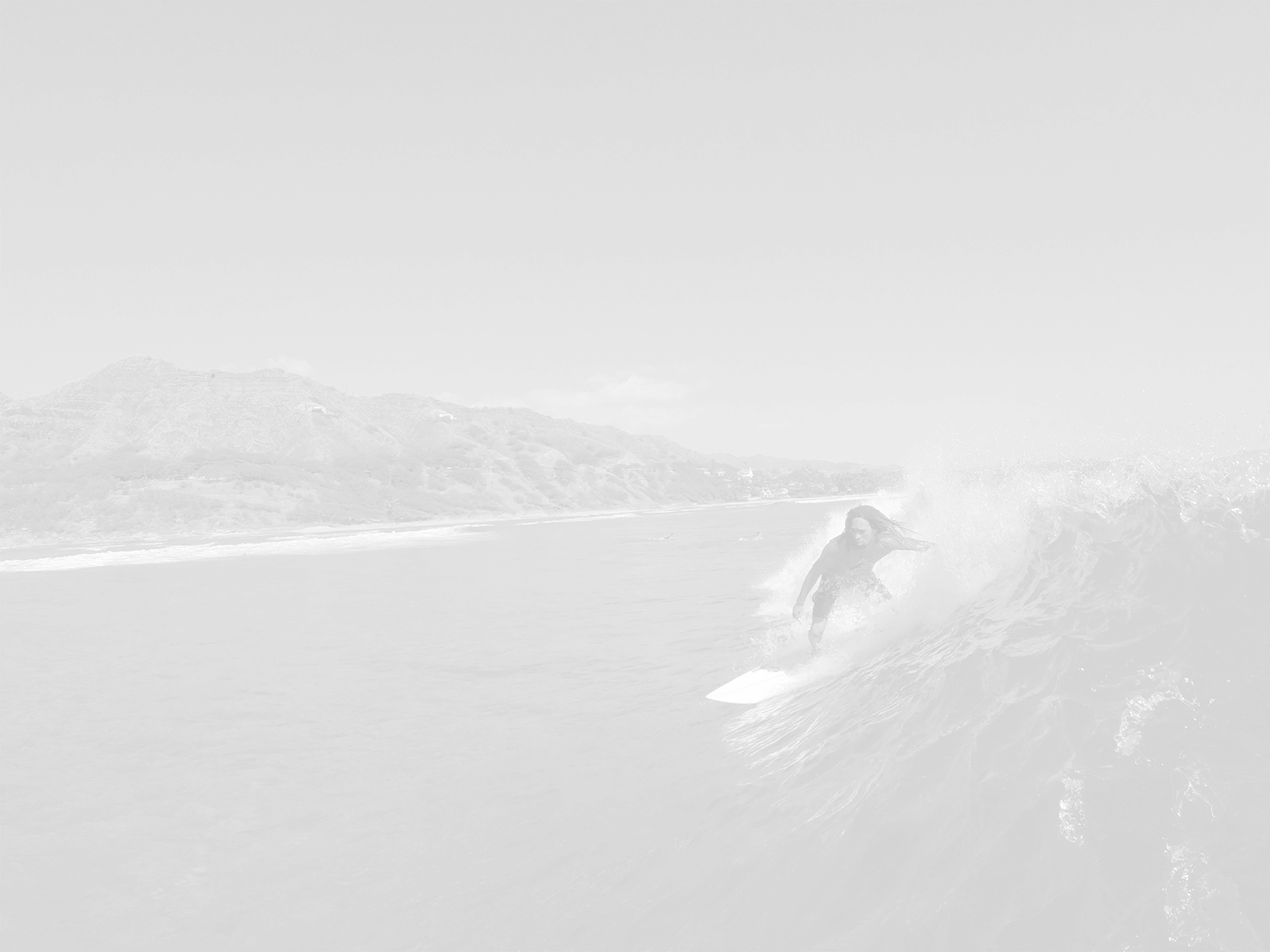
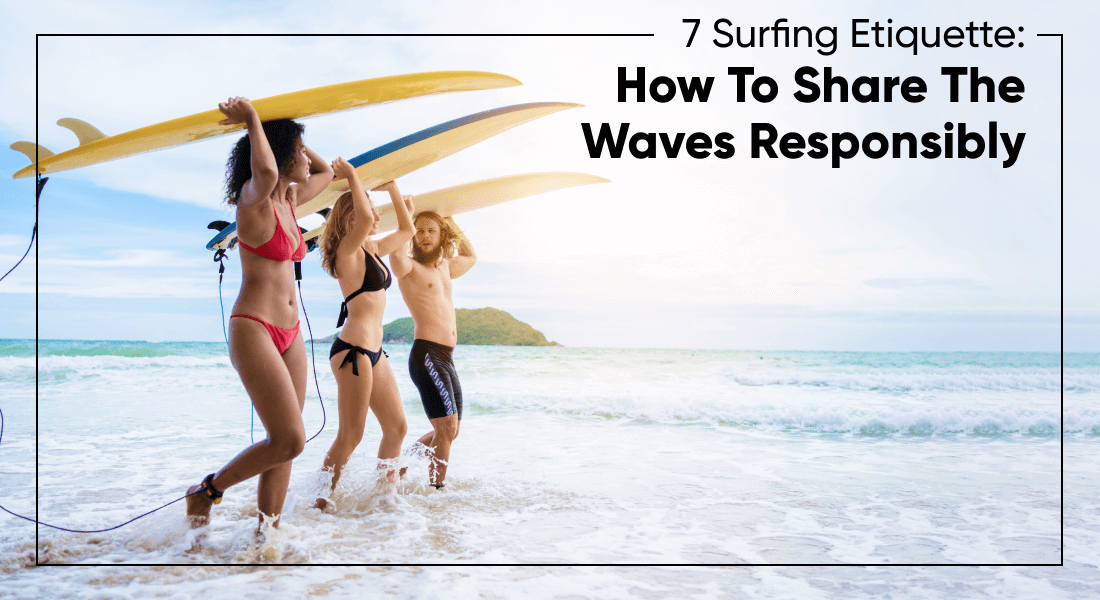

7 Surfing Etiquette: How To Share The Waves Responsibly
Surfing is not only about riding waves but also about sharing them responsibly with others. Practicing good surfing etiquette ensures a safe and enjoyable experience for everyone in the water. Whether you’re a beginner or an experienced surfer, understanding and following these etiquette tips is crucial for fostering a respectful and harmonious surfing community.
Understanding The Importance of Surfing Etiquette
Surfing etiquette is crucial for ensuring safety and reducing the risk of collisions, as the ocean can be unpredictable with many surfers vying for the same waves. It also fosters respect and fairness, allowing all surfers, regardless of skill level, to enjoy the waves. Etiquette helps maintain harmony and a sense of community, making the sport more welcoming for newcomers.
By following these unwritten rules, surfers create a positive environment of trust and support. Additionally, respecting the environment is a key aspect of etiquette, helping to preserve the ocean’s beauty and health. Adhering to these principles ensures a safer, more respectful, and enjoyable surfing experience for everyone.
Seven Must-Known Surfing Etiquette
Here is how you can respect your fellow surfers, and enjoy the waves responsibly:
Respect the Right of Way
- Priority Rules
A core aspect of surfing etiquette is understanding and respecting the right of way. The surfer closest to the peak of the wave has priority, meaning they have the right to ride the wave first.
Other surfers should yield to this individual to prevent collisions and ensure a smooth, enjoyable experience for everyone. This rule helps maintain order and fairness in the lineup, minimizing the risk of accidents and allowing each surfer to enjoy their time on the water.
- Avoid Dropping In
Dropping in occurs when a surfer catches a wave that another surfer is already riding, which is considered highly disrespectful.
To avoid this, always assess the lineup and check if someone is already riding the wave before paddling for it. This helps prevent unnecessary conflicts and shows respect for fellow surfers, ensuring that everyone gets a fair opportunity to ride the waves.
Communicate with Other Surfers
- Use Signals
Effective communication is essential to prevent misunderstandings and collisions in the surf. Use hand signals or verbal cues to indicate your intentions, such as waving to signal that you are paddling for a wave or calling out “yours” to let others know you are taking a wave. Clear signals help convey your actions and intentions, making it easier for everyone to coordinate and avoid potential accidents.
- Be Clear and Assertive
When interacting with other surfers, clarity and assertiveness are crucial. Communicate your intentions politely but firmly to avoid confusion and reduce the likelihood of conflicts.
Being direct yet courteous helps ensure that everyone is on the same page, fostering a cooperative atmosphere and making the surf experience more enjoyable for all participants.
Learn More About Sean

Tip Four: Use Your Arms for Balance
Extending your arms out to your sides serves as a counterbalance, which helps keep you upright and stable on the board. This arm position provides additional stability and assists in maintaining balance as you ride the wave.
While extending your arms, ensure that your hands are relaxed; excessive tension in your hands can transfer through your body, negatively impacting your balance and control. By keeping your arms and hands relaxed, you improve your ability to maintain equilibrium and respond to the wave’s movements more effectively.
Tip Five: Look Ahead
Always focus your gaze in the direction you want to go. Your body tends to follow where your eyes are looking, so keeping your eyes on your intended path helps you navigate the wave more effectively.
By looking ahead, you can anticipate changes in the wave’s shape and adjust your stance accordingly, allowing for smoother transitions and better control. This foresight is essential for making quick decisions and maintaining a stable ride, enhancing your overall surfing experience.
Tip Six: Shift Your Weight
Constantly shifting your weight is vital for balance and control while surfing. Leaning forward helps you gain speed and stay on the wave, while leaning back can slow you down or help you execute maneuvers.
Practice shifting your weight evenly between your front and back foot to maintain stability and execute turns with precision. Mastering this balance allows you to adapt to the wave’s changing conditions and improve your performance on the board.
Tip Seven: Practice Pop-Ups
The pop-up is the critical movement that transitions you from lying on the board to standing up. Practice this maneuver on land to build muscle memory and increase your speed and efficiency.
The pop-up should be a smooth, explosive movement. Use your arms to push your upper body off the board while quickly bringing your feet into the proper stance. This practice will help you perform the pop-up more fluidly and consistently when you’re in the water.
Tip Eight: Stay Relaxed
Tension can hinder your ability to balance and maneuver. Stay relaxed and loose, allowing your body to move naturally with the wave. Remember to enjoy the ride. Surfing is as much about having fun as it is about mastering techniques. A relaxed mindset enhances your performance and overall experience.
Mastering Your Surfing Stance with Ohana Surf Project
By following these tips, you’ll establish a solid foundation for your surfing stance, improving your balance, control, and overall performance. Whether you’re catching your first wave or refining your skills, a proper stance is key to enjoying the thrill of surfing. Practice regularly, stay patient, and most importantly, have fun out there on the waves.
Mastering the proper surfing stance is crucial for any surfer looking to improve their skills and enjoy the waves to the fullest. At Ohana Surf Project, we understand the importance of a solid foundation, which is why our Waikiki surf lessons focus on teaching the basics, including the correct stance.
Ohana Surf Project offers comprehensive surf lessons at Waikiki Beach, where you’ll learn to position your feet correctly, maintain balance, and execute maneuvers with confidence. Our instructors provide personalized guidance to ensure you develop the muscle memory and body positioning needed for a successful surfing experience.
In addition to surf lessons, we provide surfboard rentals for those who want to practice on their own. We have a range of boards suitable for all skill levels, ensuring you find the perfect one to match your needs. Join us at Ohana Surf Project and take the first step towards mastering your surfing stance.
OTHER OSP BLOGS

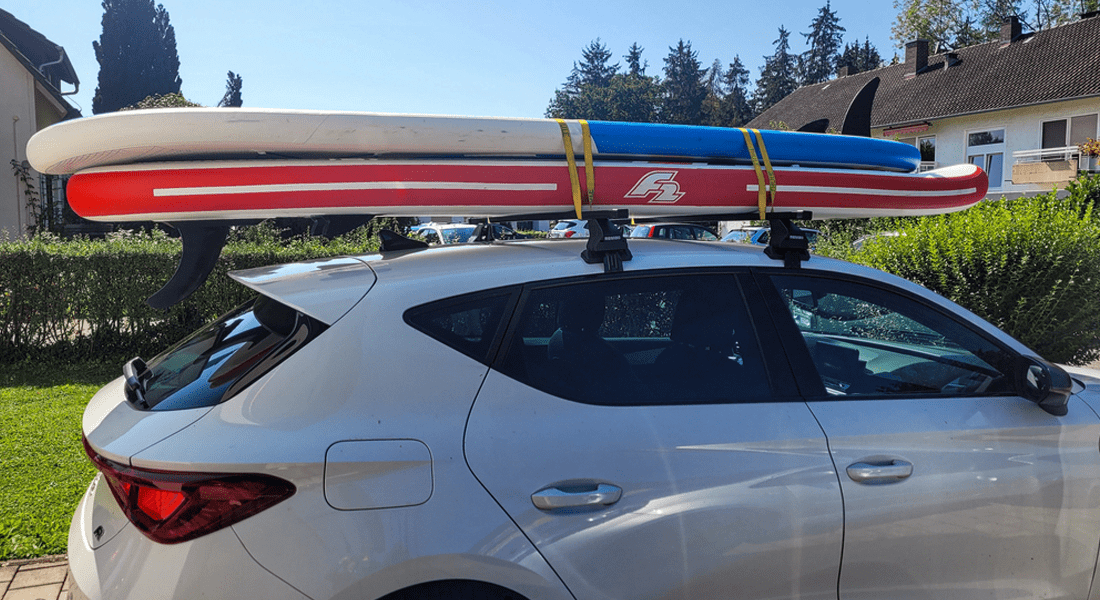
How To Transport Your Rental SUP Board
When you rent a SUP board for a Waikiki adventure, knowing how to transport a SUP board keeps your day smooth from the start. You probably feel excited to reach[...]